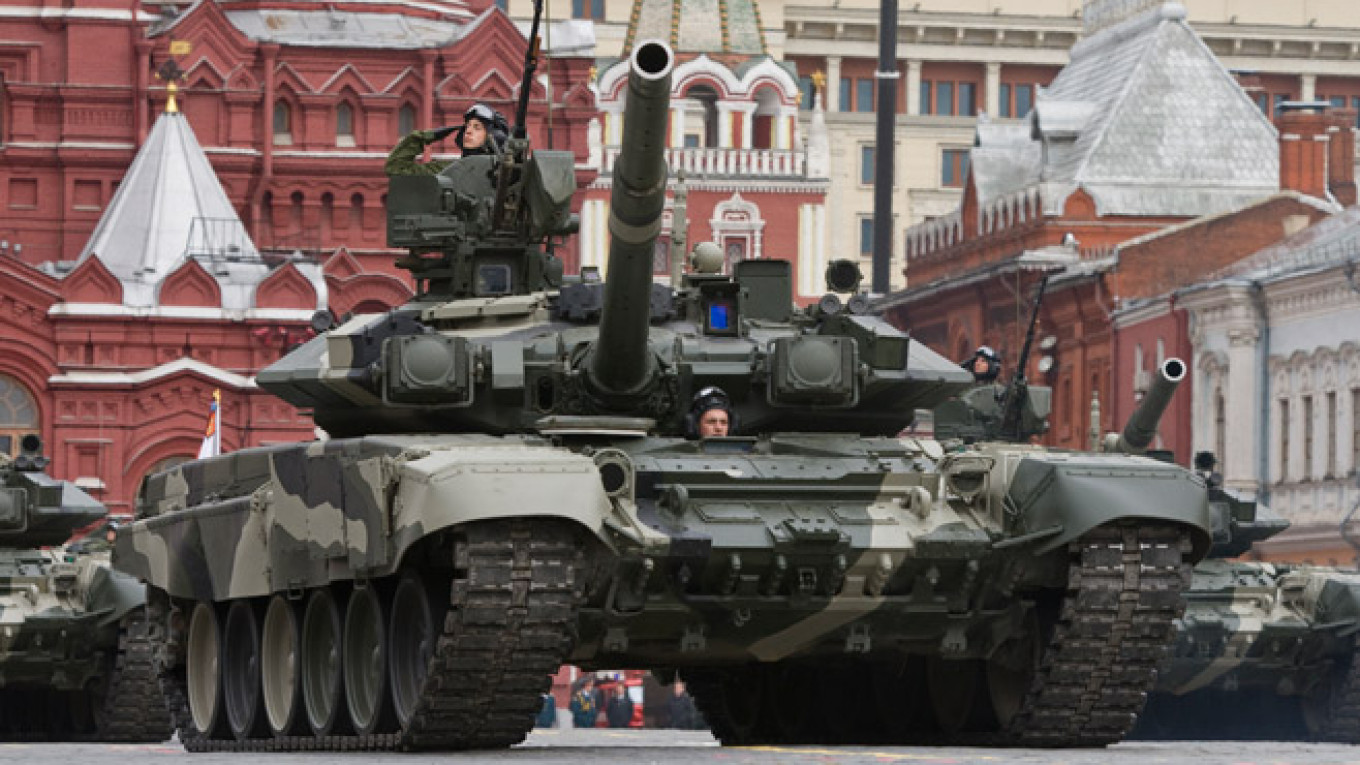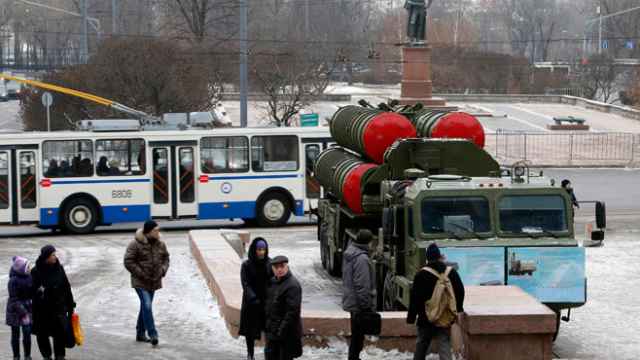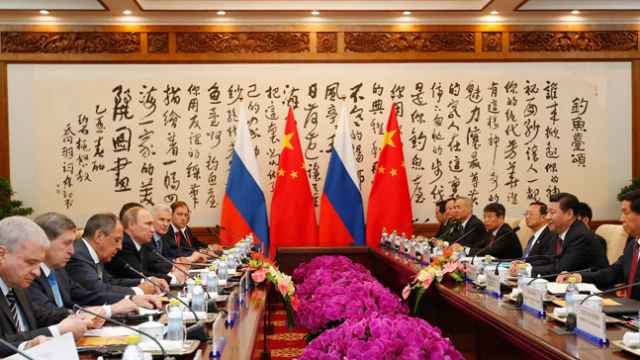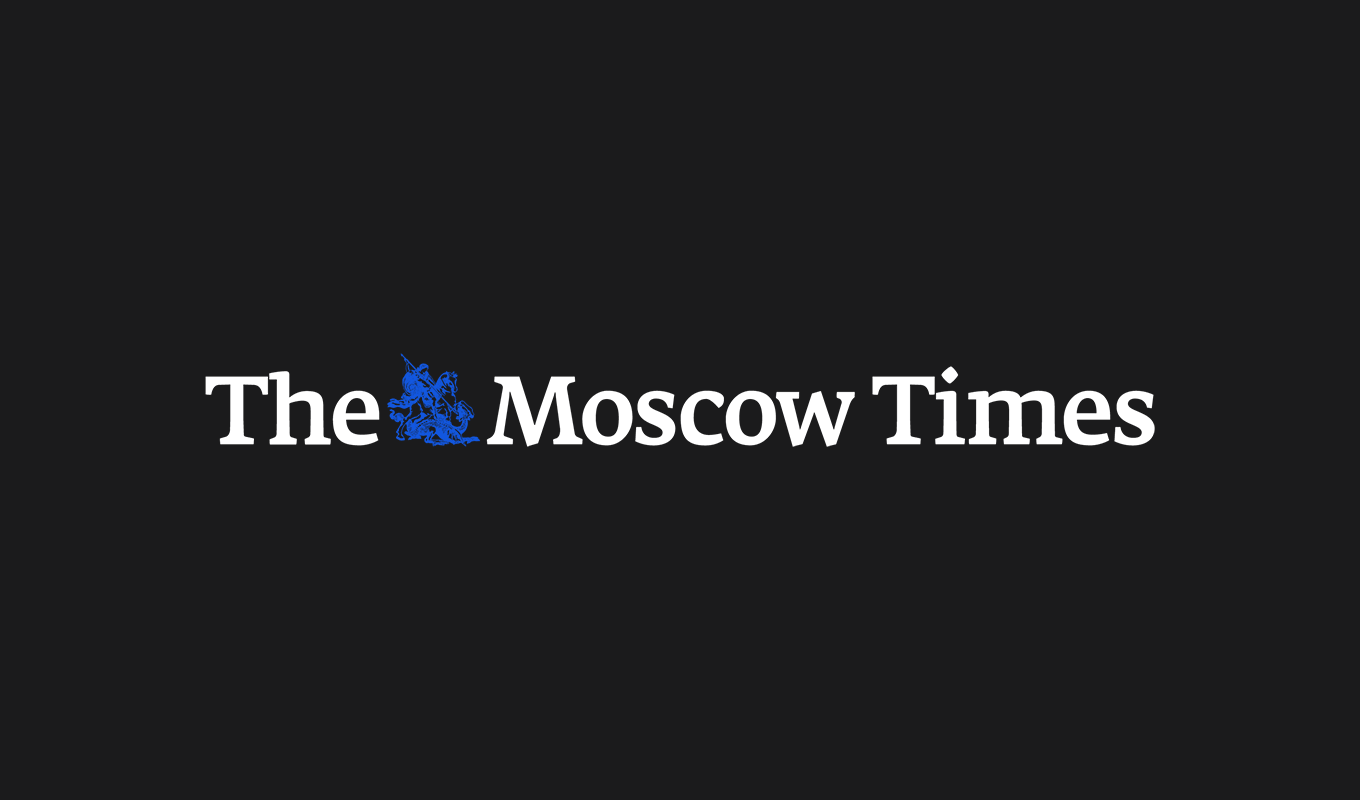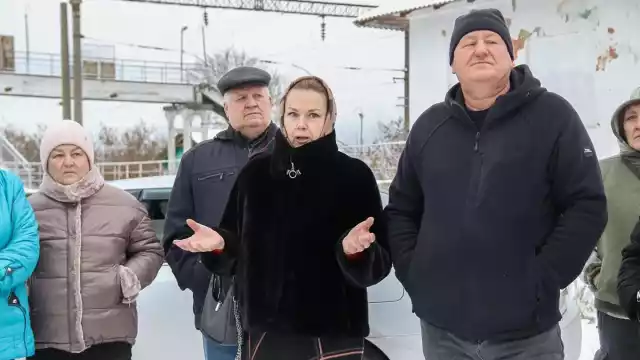Despite a looming recession, Russia will increase military spending by 30 percent next year to a record post-Soviet high of 3.3 trillion rubles ($62 billion), cash that will be used to buy more aircraft, submarines, missiles and weapons for an ascendent armed forces.
The increase, which takes Russia's spending on defense to 4.2 percent of gross domestic product, comes amid an ongoing crisis in Ukraine that has seen a return to Cold War-style rhetoric and the reinsertion of military posturing into international politics.
Amid the muscle-flexing, the Russian military has had a good year. The Defense Ministry showed during the annexation of Crimea from Ukraine in March that it had successfully reformed its armed forces since the 2008 war with Georgia, when the Russian army looked disorganized and poorly equipped.
With a 20 trillion ruble ($375 billion) rearmament drive that aspires to replenish 70 percent of the armed forces with modern equipment by the end of the decade in full swing, 2015 looks to be a year of breakneck growth in Russia's military capacity.
Despite that, Moscow still lags behind the world's biggest players: The U.S. Congress last week approved a defense budget for next year of $584 billion. China's defense spending will reach $159.6 billion next year, according to Britain-based defense consultancy IHS Jane's.
Russia's grand rearmament began in 2011. Since then, the military's modernization has progressed by 16 percent, according to news agency RIA Novosti. The target by the end of next year is 30 percent.
A complete picture of Russia's 2015 rearmament plans is hard to pin down — a product of military secrecy and industrial uncertainty, according to defense expert Ruslan Pukhov, director of the Center for the Analysis of Strategies and Technologies, a Moscow-based think tank.
The Moscow Times looked through Russian media reports announcing plans and contracts for some idea of what to expect.
Land Forces
Russia will continue to strengthen its ground forces in 2015. Although the troops seen in Crimea earlier this year were unmistakably better trained and equipped than they were six years ago in Georgia, they represented an elite contingent of the Russian army.
The task now is to continue purchasing and upgrading equipment, and training soldiers. According to media reports, the Russian military has 4,000 exercises of various types and sizes planned for next year — 1,000 more than in 2014.
Several new armored vehicles are expected to be unveiled during Victory Day celebrations on May 9, including new tanks, infantry fighting vehicles, and armored personnel carriers, officials have said.
Deputy Prime Minister Dmitry Rogozin said earlier this year that Russia's new Armata main battle tank would be among the innovations shown at the parade, though land forces head Colonel General Oleg Salyukov was quoted by the RIA Novosti news agency in October as saying the vehicles wouldn't be ready until the end of next year.
Featuring heavy armor, a fully digital control system, and even the ability to be controlled remotely, according to the TASS news agency, the Armata tank has been billed by its maker as superior to all analogues in Russia and abroad.
According to Salyukov, the tank will be tested by the military next year and go into serial production in 2016 if the army embraces it.
A separate branch of the Russian military — the Strategic Rocket Forces — is also due for some upgrades next year, with deployment beginning of new Yars missiles.
Yars missiles are reported to be an answer to U.S. plans to deploy missile shields in Eastern Europe. Intended to replace the Topol-M missiles currently deployed in the Russian military, the Yars are reported to have 10 independently targeting nuclear warheads, making them harder to halt.
By 2020, Rogozin has promised that every missile in Russia's arsenal will be replaced with a new one.
Navy
One of the big winners this year was the Russian navy, in particular the Black Sea Fleet. Liberated from restrictions placed on deployment by a leasing agreement with Kiev before Moscow annexed Crimea, where the Black Sea Fleet is based, Russia has been investing heavily in its forces there.
By the end of 2015, the Black Sea Fleet will receive a new Admiral Grigorovich-class frigate, two new super-silent improved Kilo-class diesel-electric submarines, and a handful of small Project 21631 missile corvettes.
By 2016, six new Grigorovich-class frigates and six improved Kilo-class submarines will take positions in the Black Sea Fleet. In 2015, the fleet is expected to receive a handful of small Buyan-class missile corvettes, according to RIA.
Moscow has been beefing up its presence in the Black Sea in response to what it sees as higher NATO presence in the area. As Russia's major warm-water port, Sevastopol is also an important strategic launching pad for Russian naval expansion into the Mediterranean Sea.
Replacements for the Kilo-class submarines will start making their way into the water in next year as well. According to TASS, the second of the new Project 677 Lada-class submarines, named the Kronstadt, will be launched by the end of next year.
The Lada class is a next-generation diesel-electric submarine, but some reports suggest they may be getting air-independent propulsion systems, which will make them even quieter and more effective than their stealthy Kilo-class predecessors.
Meanwhile, the Northern Fleet has begun to receive new nuclear powered submarines of the Borei and Yasen classes, with more on the way next year. By 2020, the Russian navy is expected to have at least eight of each new nuclear submarine class in service in the Northern and Pacific fleets.
Russia's new nuclear submarines are perhaps the most powerful of its new military hardware. The Borei-class submarines are replacing Russia's aging Soviet-era nuclear missile fleet, boosting the power of Russia's nuclear forces significantly, while the Yasen-class hunter-killer submarines are raising Russia's ability to hunt enemy submarines and surface ships.
Air Force
The Russian air force has been busy harassing NATO's eastern members this year, and plane-spotters in the West will likely have good chances of seeing stray MiGs, Sukhois and even giant Tupolev bombers next year.
The air force's press service told RIA last week that the state defense order for 2015 includes 150 new airplanes and helicopters.
These new units include bulk orders of Su-30 multirole fighters, MiG-29s, Su-34s and Su-35s. These are Russia's front-line aircraft, serving as bombers and dogfighting planes.
Beyond combat aircraft, the air force is looking to receive several large An-148 transport planes and Yak-130 training aircraft. Training is a big overall focus, with 30 virtual simulators on order to outfit new training centers for Russian pilots.
Also, according to the air force, we can expect to see more Ka-52, Mi-28, Mi-8 and related combat and transport helicopters, which will enable Russia to better support its modernized ground forces.
But these are all old designs. One of the more interesting developments to keep an eye out for in 2015 will be related to Russia's next-generation Sukhoi T-50 (also known as the PAK FA), which is still in testing.
The T-50 is being built for both the Russian air force and foreign military customers, and is billed as an answer to the U.S. F-22 Raptor stealth fighter.
As for ground infrastructure for the air force, the defense order is reported to include new radar systems and deployment of the new S-400 anti-aircraft missile systems. The S-400 is billed as one of the world's best air-defense systems, with the ability to engage up to 36 targets with 72 missiles simultaneously. It is particularly targeted at countering the U.S. F-35 fighters and is said to have the ability to intercept ballistic missiles.
Contact the author at [email protected]
A Message from The Moscow Times:
Dear readers,
We are facing unprecedented challenges. Russia's Prosecutor General's Office has designated The Moscow Times as an "undesirable" organization, criminalizing our work and putting our staff at risk of prosecution. This follows our earlier unjust labeling as a "foreign agent."
These actions are direct attempts to silence independent journalism in Russia. The authorities claim our work "discredits the decisions of the Russian leadership." We see things differently: we strive to provide accurate, unbiased reporting on Russia.
We, the journalists of The Moscow Times, refuse to be silenced. But to continue our work, we need your help.
Your support, no matter how small, makes a world of difference. If you can, please support us monthly starting from just $2. It's quick to set up, and every contribution makes a significant impact.
By supporting The Moscow Times, you're defending open, independent journalism in the face of repression. Thank you for standing with us.
Remind me later.


